Optimal Timing for RV and Motorhome Winterization
Timing is crucial for effective Rv and motorhome winterizings. Properly scheduled winterization helps prevent damage caused by freezing temperatures and ensures vehicle longevity. The optimal time varies depending on regional climate conditions and expected temperature drops.
Winterizing should be scheduled before temperatures consistently drop below freezing, typically in late fall or early winter.
Complete winterization before storing the vehicle for extended periods during cold months to prevent freezing damage.
In colder regions, winterization may be necessary earlier in the season, whereas milder climates might allow for later timing.
Vehicles used year-round may need partial winterization, while seasonal vehicles should be winterized before storage.

Image depicting draining water systems and sealing plumbing for winter.
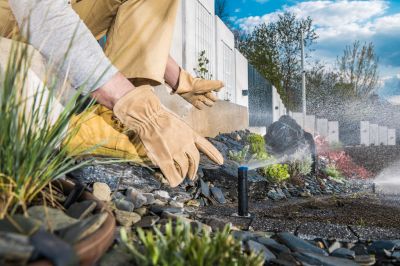
Image showing covering or sealing the vehicle for winter storage.
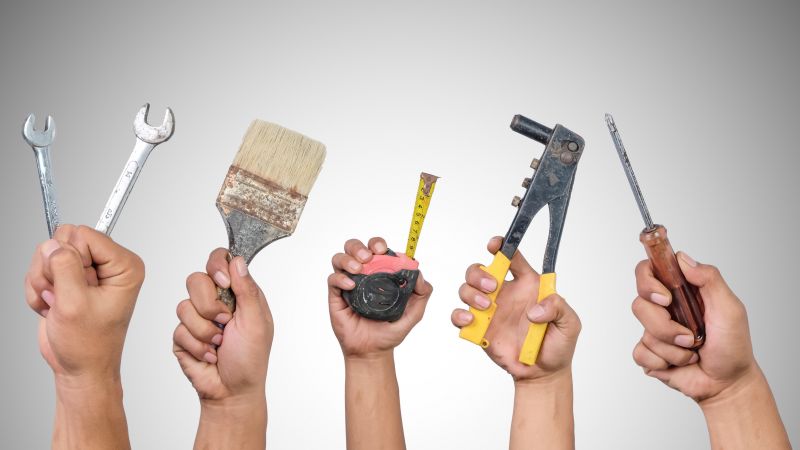
Image of essential winterization tools and supplies.
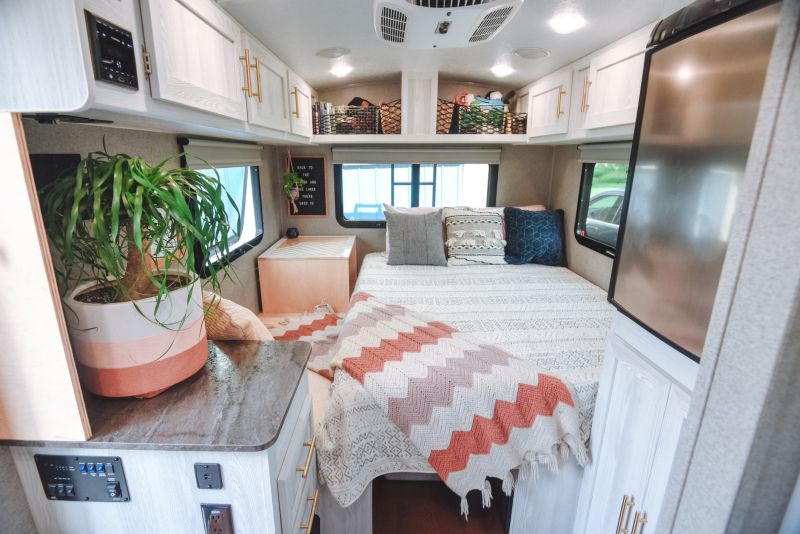
Ways to make Rv And Motorhome Winterizings work in tight or awkward layouts.
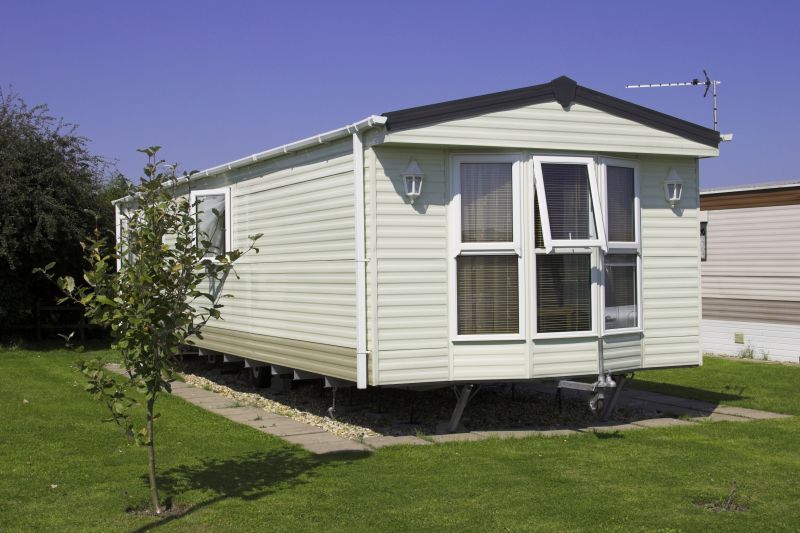
Popular materials for Rv And Motorhome Winterizings and why they hold up over time.
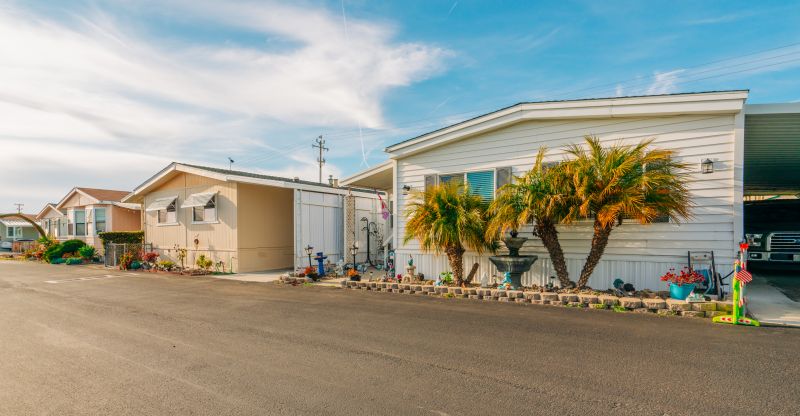
Simple add-ons that improve Rv And Motorhome Winterizings without blowing the budget.
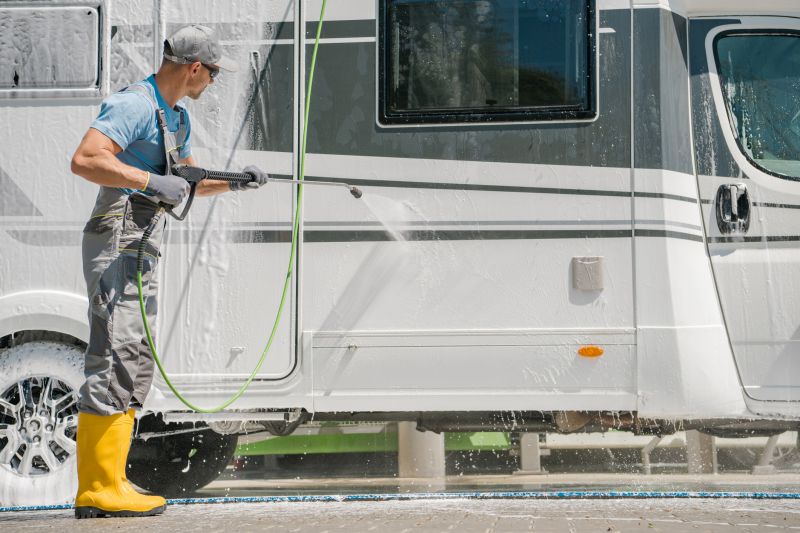
High-end options that actually feel worth it for Rv And Motorhome Winterizings.
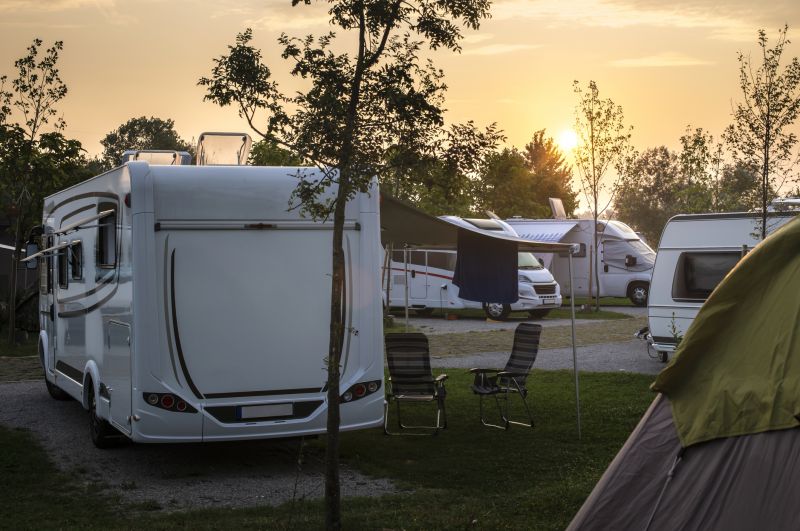
Finishes and colors that play nicely with Rv And Motorhome Winterizings.
Proper winterization of Rvs and motorhomes involves draining water systems, adding antifreeze, sealing plumbing, and protecting the vehicle from the elements. Statistics show that failure to winterize can lead to costly repairs, with plumbing damage being the most common issue. Regular maintenance and timely winterization extend the lifespan of these vehicles and prevent leaks, burst pipes, and other winter-related damages.

Image illustrating draining water lines and tanks.
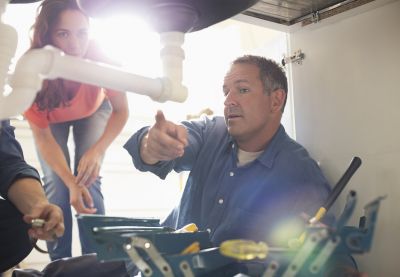
Image showing the process of adding antifreeze to plumbing.

Image of sealing vents and access points.
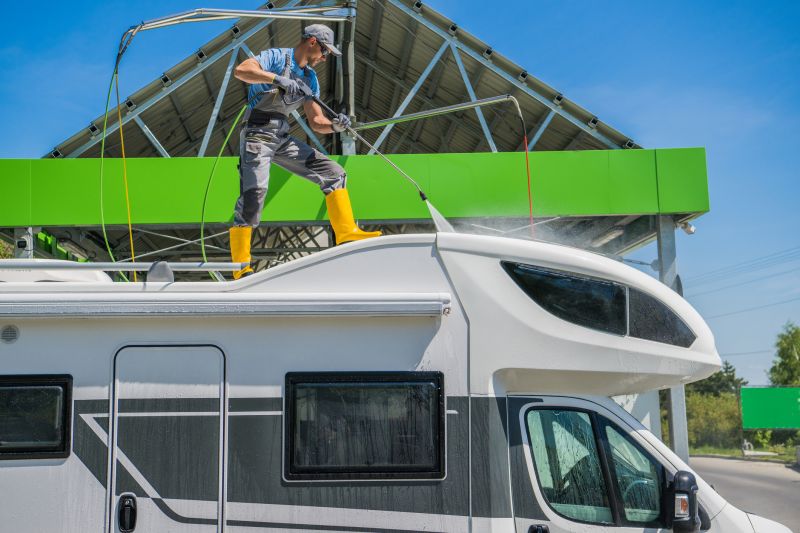
Image of vehicle covers and insulation materials.
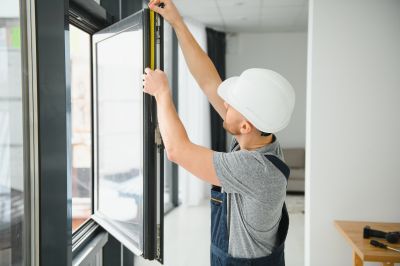
Little measurements that prevent headaches on Rv And Motorhome Winterizings day.
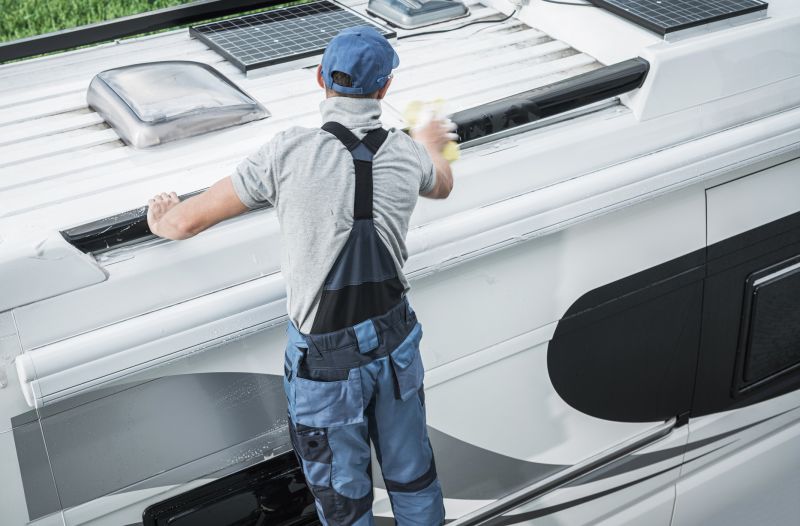
A 60-second routine that keeps Rv And Motorhome Winterizings looking new.
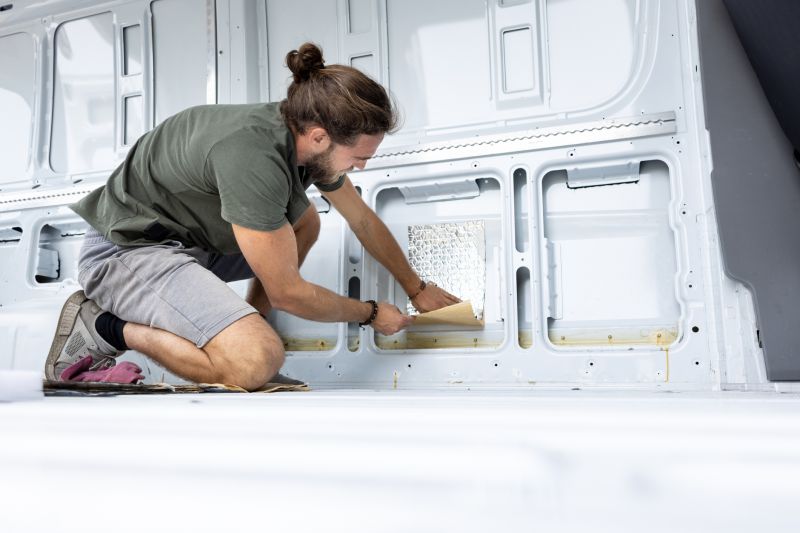
A frequent mistake in Rv And Motorhome Winterizings and how to dodge it.
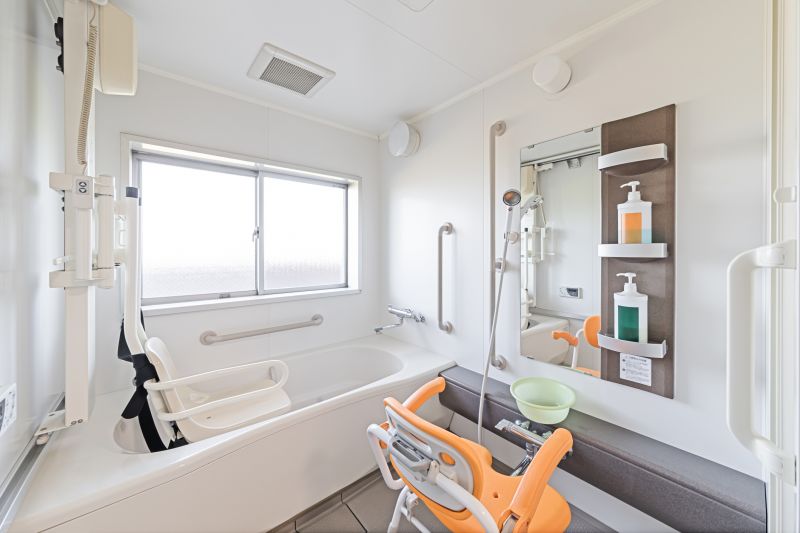
Small tweaks to make Rv And Motorhome Winterizings safer and easier to use.
| Aspect | Details |
|---|---|
| Ideal Timing | Late fall or early winter before freezing temperatures |
| Regional Variations | Colder regions require earlier winterization |
| Usage Frequency | Year-round use may necessitate partial winterization |
| Common Damages Prevented | Burst pipes, leaks, and plumbing failures |
| Cost Savings | Prevents costly repairs and replacements |
| Vehicle Longevity | Extends lifespan of plumbing and systems |
| Preparation Steps | Drainage, antifreeze addition, sealing |
| Storage Tips | Covering and insulation for prolonged storage |
Timely winterization ensures that Rvs and motorhomes remain in good condition through cold seasons. Proper preparation minimizes the risk of damage and costly repairs, making it a vital part of vehicle maintenance. Interested parties are encouraged to contact for further assistance with winterizing services.
